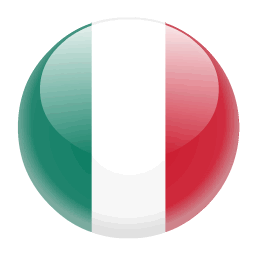The Altissimo Refuge was built between 1889 and 1891 by the SAT just a few metres below the summit of Mount Altissimo di Nago, 2079 m. It was inaugurated a year later in 1892.
Up to this time, the summit of Mount Altissimo was a popular destination and could be reached all year round, even in snowy conditions. Between 1897 and 1906 the refuge underwent various works of extension.
During the Great War, (1914 to 1918), the refuge suffered no damages and in 1919 it was named after Damiano Chiesa, a Trentino martyr and re-opened in 1921.
The Second World War, however, left the refuge in appalling conditions, so much so that in 1955 the refuge underwent a decisive restoration.
Towards the end of the 60s, thanks to the improvement of the road conditions on Mount Baldo, the widening of the road between Ferrara of Monte Baldo and Brentonic, and the construction of the Malcesine – Bocca di Tratto Spino cable-way, the refuge began to register a remarkable increase of visitors.
In 1965 the Rovereto SAT branch handed the refuge over to the Mori SAT branch. The latter, in the course of the years, has promoted a series of extensions and improvements of the refuge such as modern sanitation, up to date thermal insulation, water supply and electric system all, of course, eco- sustainable.
The environment and the easy access make Mount Altissimo and its refuge an ideal destination both in summer and winter. From the summit the view is breathtaking: it ranges from the dark blue waters of Lake Garda to the mountain chain which forms a 360 degree horizon of amazing peaks. The environment also offers a great variety of rare floral species, especially in the Nature Reserve of Bes-Corna Piana.
Mount Baldo's landscape is also interesting from an architectural point of view: the mountain farms and the mountain cabins in stone and wood bear witness to the unique mountain culture.
 |  |  |
|---|

